Photos: Tiny Tyrannosaur Dinosaur Was About As Big As T. Rex's Skull
Tiny predator
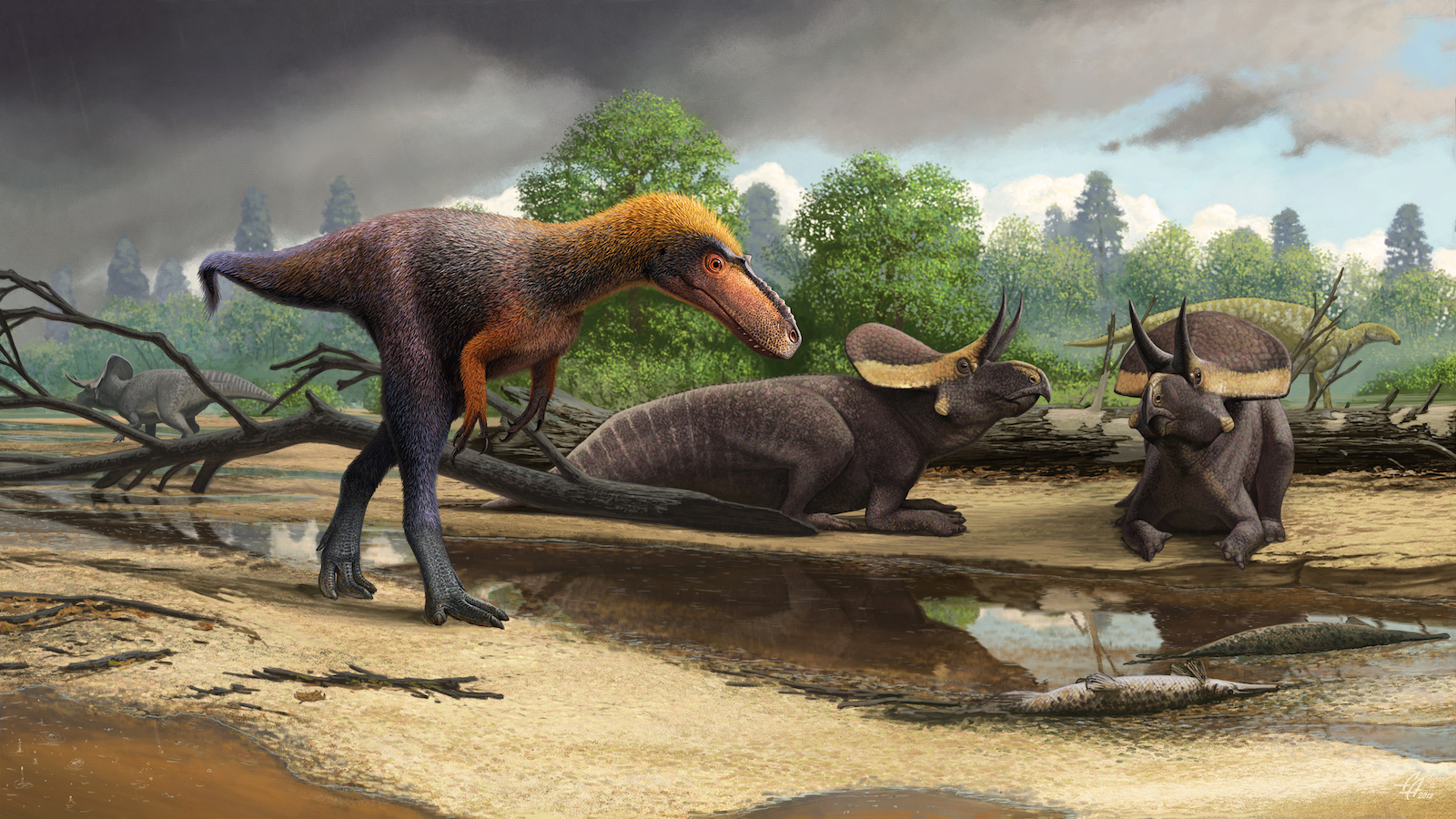
An artist's interpretation of the tiny tyrannosaur, dubbed Suskityrannus hazelae. In the background are a small horned dinosaur known as Zuniceratops and the hadrosauromorph Jeyawati.
[Read more about the tiny tyrannosaur]
Bone display
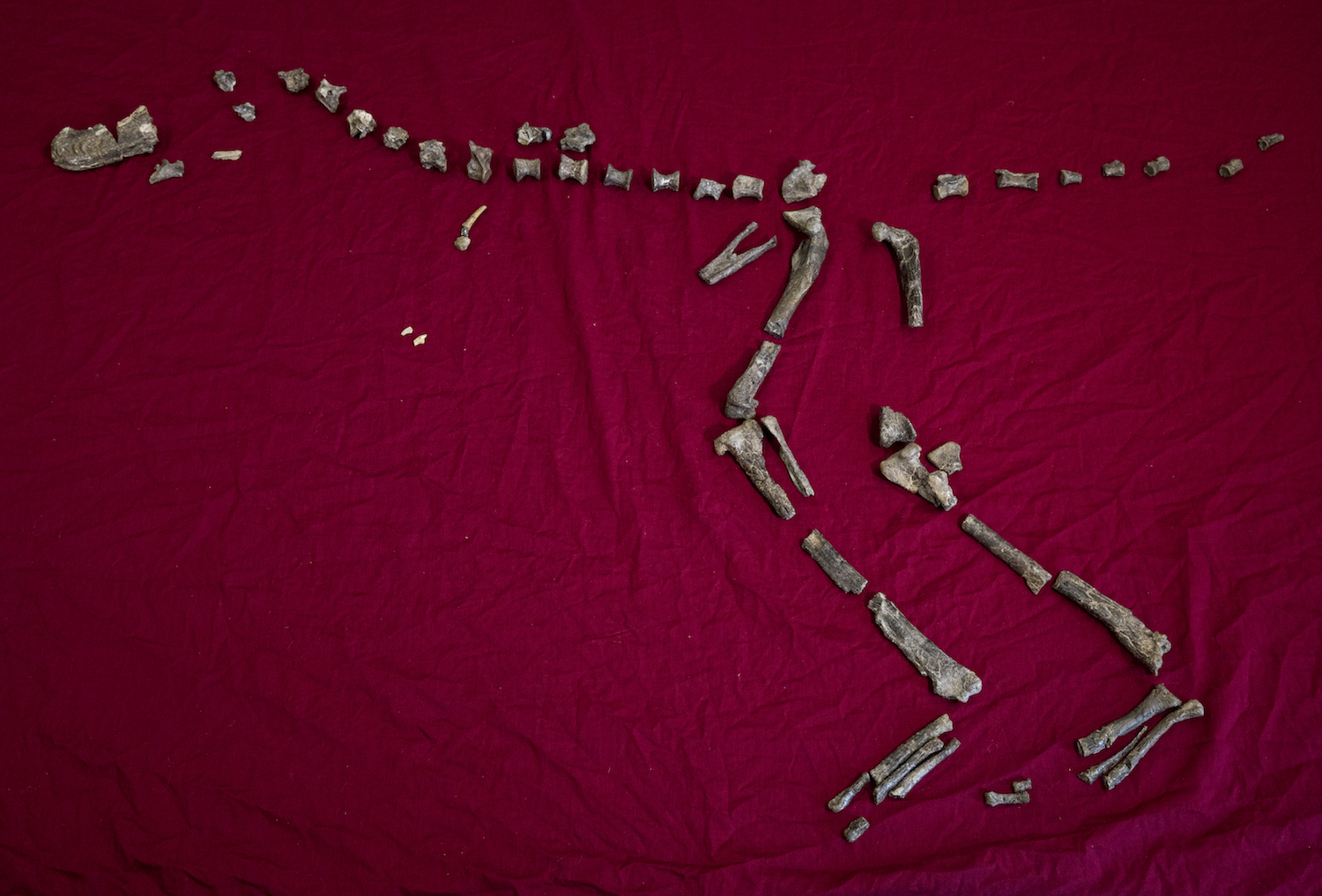
The fossilized bones of S. hazelae, which lived about 92 million years ago in what is now western New Mexico.
High school discovery
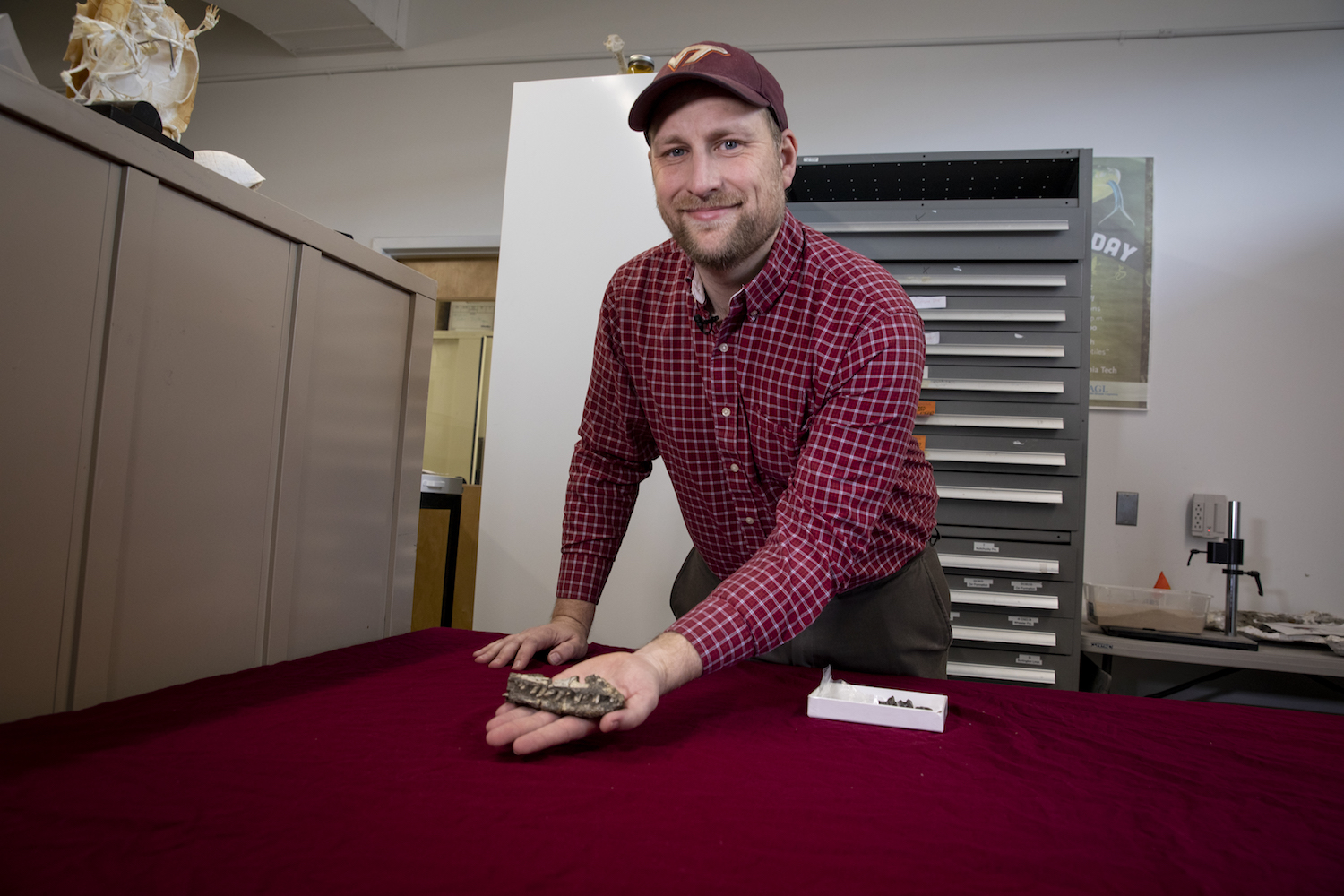
Study lead researcher Sterling Nesbitt, an assistant professor of geosciences at Virginia Tech, holds the partial skull of S. hazelae. Nesbitt found this particular specimen while he was a 16-year-old high school student in 1998.
Big jaw, little jaw
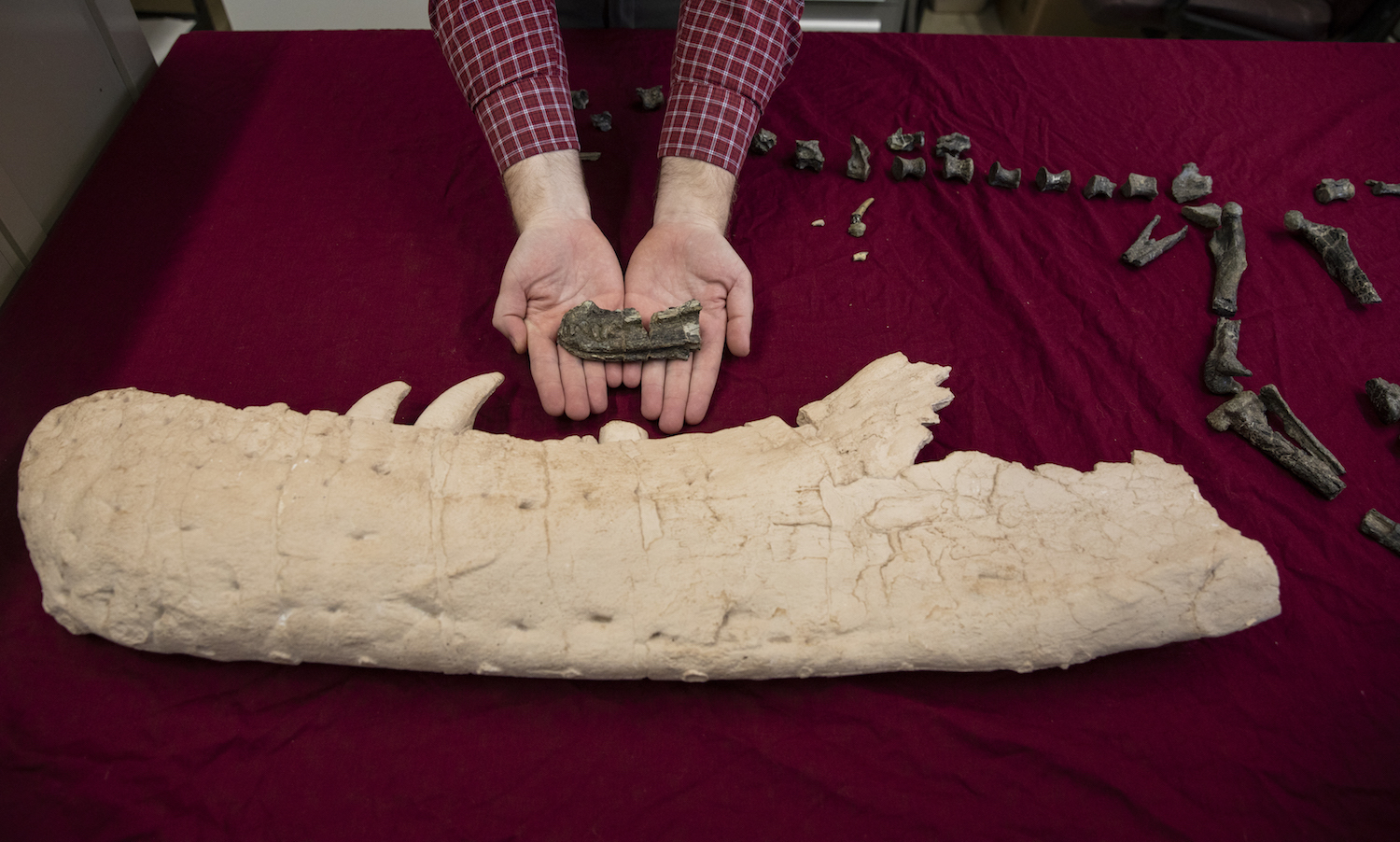
S. hazelae was small compared to its giant relative, Tyrannosaurus rex. Notice how small the partial skull of S. hazelae is (top) compared with a cast of a full-size partial jaw of T. rex (bottom).
Future paleontologist
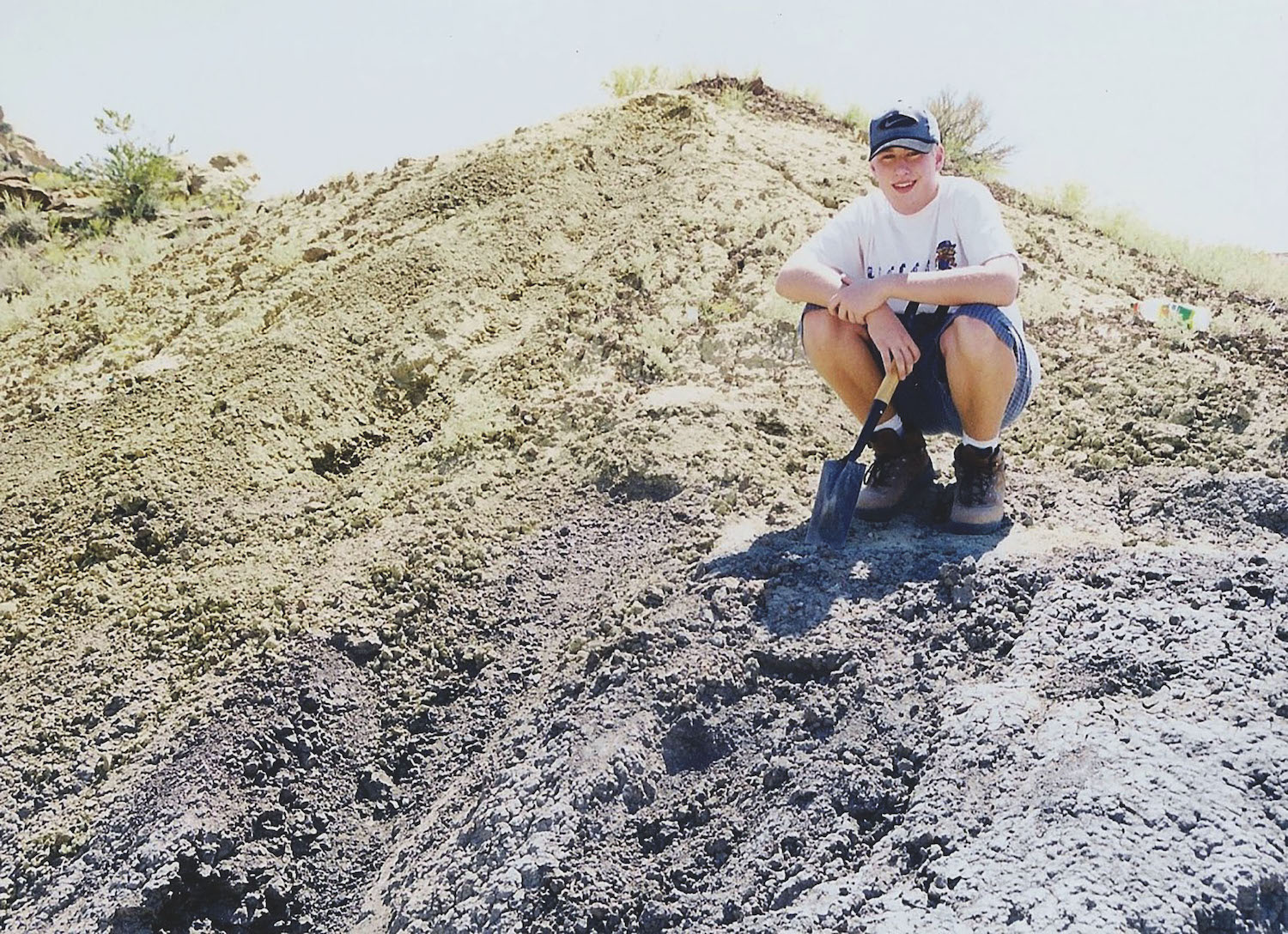
Nesbitt found the fossils of S. hazelae when he was a teenager. The 1998 dig was led by Doug Wolfe, of the Zuni Dinosaur Institute for Geosciences in Springerville, Arizona, who is also an author on the new study.
The claw
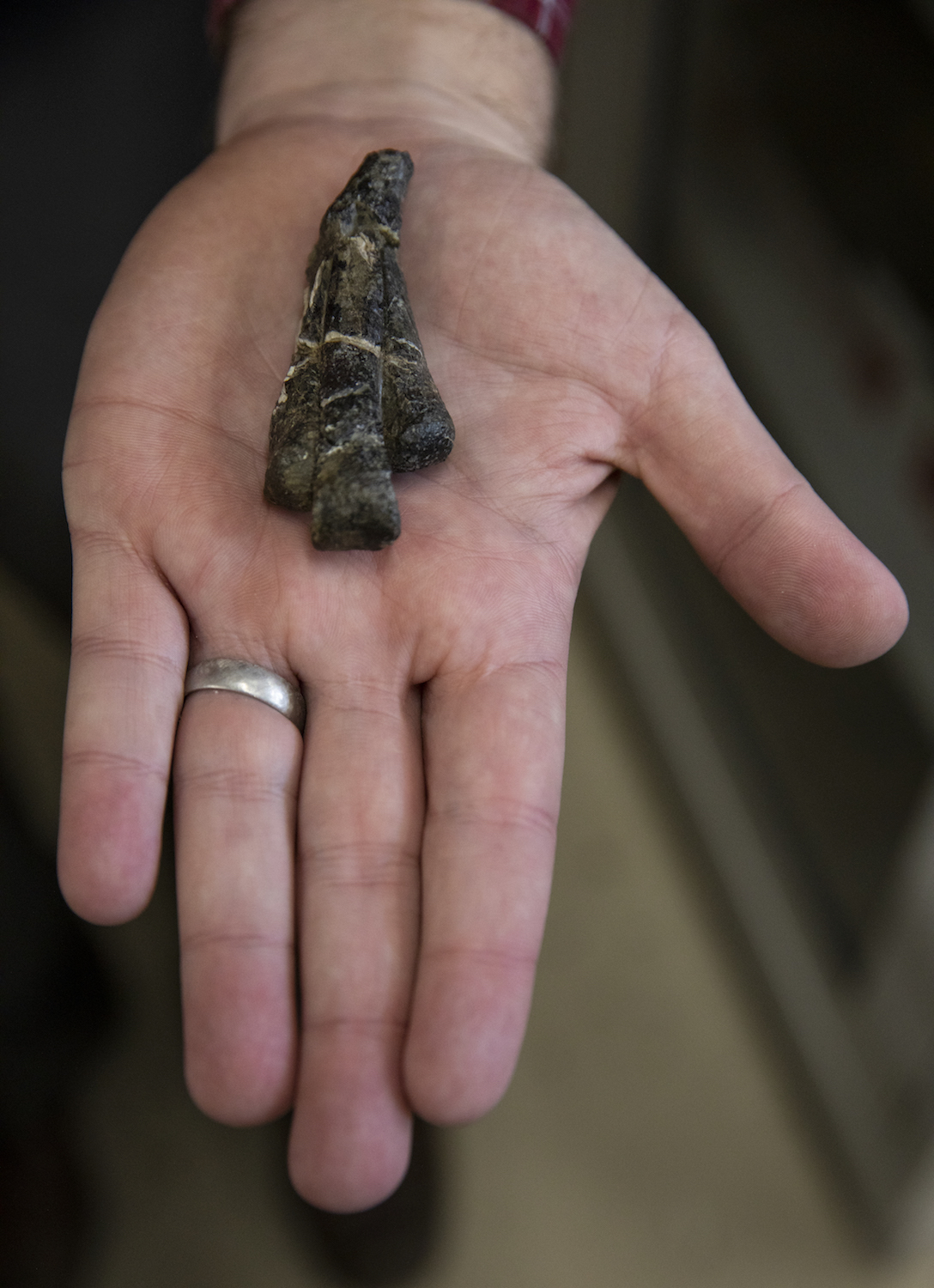
The fossilized claw of S. hazelae.
Tiny beast
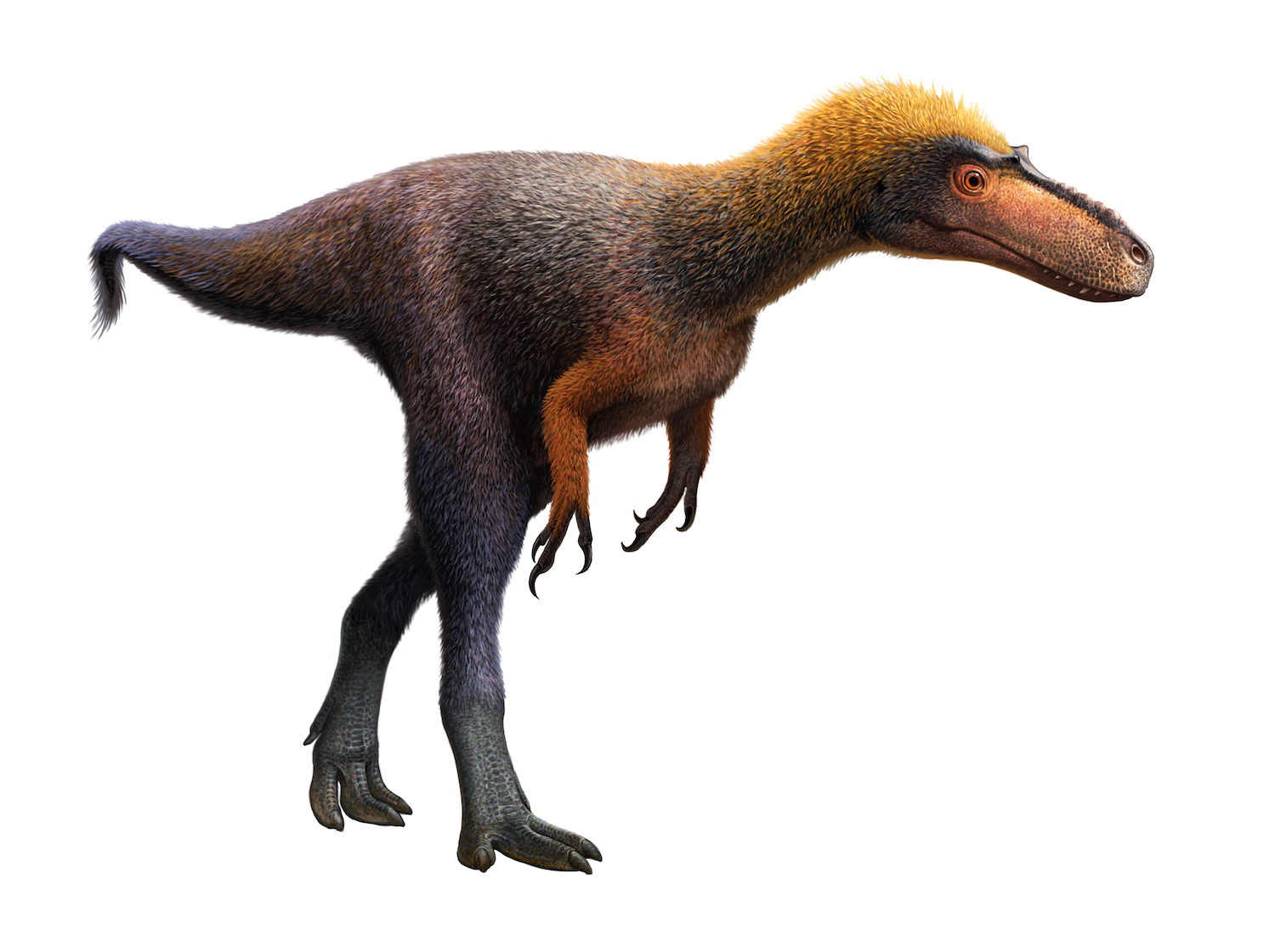
The dinosaur stood about 3 feet (1 meter) tall at the hip and measured about 9 feet (3 m) long from snout to tail. The S. hazelae discovery is helping researchers understand how tyrannosaurs started small and then became huge over millions of years of evolution.
Sign up for the Live Science daily newsletter now
Get the world’s most fascinating discoveries delivered straight to your inbox.
Skeletal reconstruction
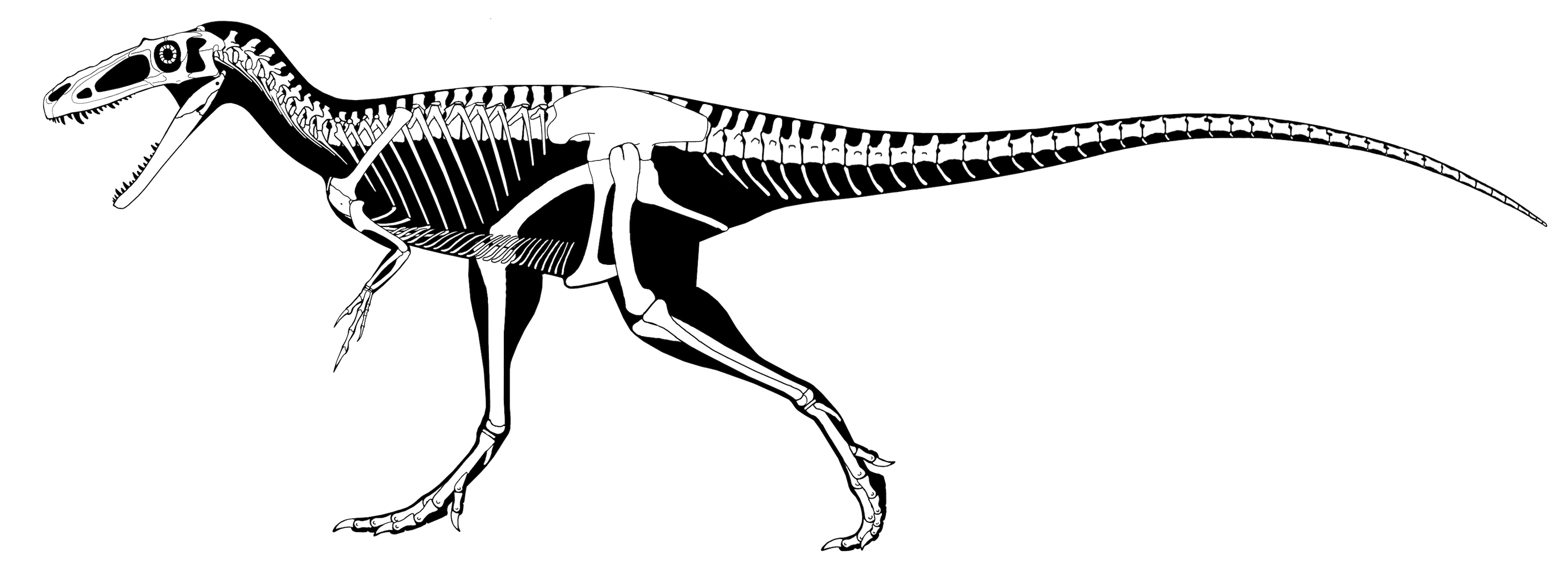
A skeletal reconstruction of S. hazelae. Researchers have discovered two individuals of this tiny (at least by T. rex standards) dinosaur. Nesbitt found one and Robert Denton, now a senior geologist with Terracon Consultants, an engineering consulting firm in New Jersey, found a partial skull of another individual in 1997.

Laura is the archaeology and Life's Little Mysteries editor at Live Science. She also reports on general science, including paleontology. Her work has appeared in The New York Times, Scholastic, Popular Science and Spectrum, a site on autism research. She has won multiple awards from the Society of Professional Journalists and the Washington Newspaper Publishers Association for her reporting at a weekly newspaper near Seattle. Laura holds a bachelor's degree in English literature and psychology from Washington University in St. Louis and a master's degree in science writing from NYU.










